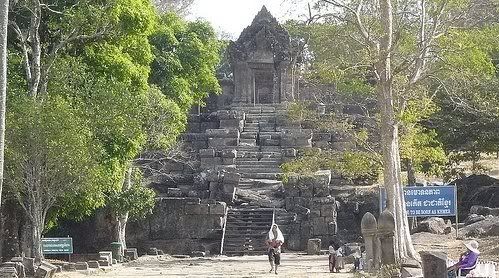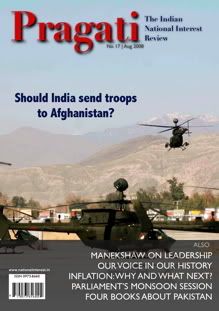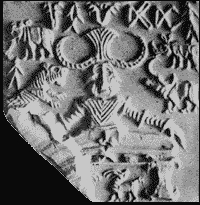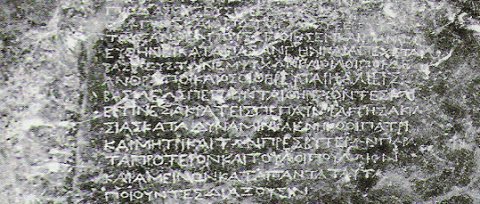 |
| (Preah Vihear temple. Image credit: mofaitsontd) |
An beautiful idol of Lord Lashminarayan found in the river Kosasthalaiar is now the reason for a fight between two villages in Thiruvallur district. When the idol was discovered during quarrying, the villagers of Nemili and Adukkalpat claimed ownership. To maintain peace, the RDO has locked up the idol and informed the archaeology department officials.
Meanwhile an international dispute has erupted between Thailand and Cambodia over the ownership of the 900-year-old Preah Vihear temple. This temple dedicated to Shiva was built by kings Suryavarman I (1002 -1050) and Suryavarman II (1113 -1150) and has been at the center of a fifty year dispute between Cambodia and Thailand. In 1962, the International Court of Justice had ruled that the temple belonged to Cambodia.
Recently Cambodia filed a request with United Nations to approve the Preah Vihear temple as a Heritage site and Thailand’s Govt. actually offered support for this. Then Thailand’s Constitutional Court questioned this support and asked the Govt. to get parliament approval. Opposition leaders suddenly became like Bruce the Shark, who got a whiff of blood and decided to campaign to remove the Foreign Minister from his position.
It got more interesting as three Thai protestors reached the temple and Thailand send troops to get them back. During their travel, the Thai soldiers forgot to cross through the immigration checkpoint, which was unusual in South East Asia, but a daily ritual in the Indian subcontinent. In the subcontinent, such trespassers are sent back with gold, frankincense, and myrrh, but the Cambodians held the Thai troops.
Thailand sent four hundred troops to the border; Cambodia eight hundred. All of them sat in the Shiva temple, singing Om jaya Jagadiśa hare, Swāmi jaya Jagadiśa hare. The Cambodians and Thais again did something which is popular in the subcontinent – talks. The talks, like all other talks, failed, but produced something priceless. Both sides agreed that ” force must not be used to resolve the nearly week-long crisis over disputed land.” It is as if they stole the template file from the Indian Prime Minister’s office.
In a move that would have made Chacha Nehru proud, the matter was taken to the UN Security Council. By then the Thai troops had increased to 4000 and were running out of bhajans. Bill Clinton, if he were President would call this the most dangerous spot in the world; President Bush probably has no idea where Cambodia is.
Now both Thailand and Cambodia have found a way to defuse the tension in Preah Vihear. This is a brilliant solution which can be used in the subcontinent as well; it would do good if foreign policy experts paid attention. They have started a new dispute over the Ta Muen Thom ruins along the border and Preah Vihear is no longer the top news. The alternate plan was to send the RDO from Thiruvallur district to Cambodia.
See Also: Taking the high ground at Preah Vihear

 Few years back, Stanford University offered a course on the
Few years back, Stanford University offered a course on the 

